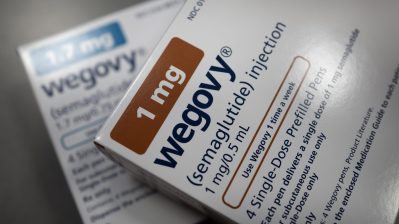When I first figured out that the most popular car in the U.S. costs the same now as it did 25 years ago when Marketplace first went on the air, I was as astonished as I assume you are.
We have been looking at the weird, wonderful but sometimes destructive ways that prices have moved in the last quarter century. When it comes to cars, it has been an article of faith that 2014 cars have so much more sophisticated stuff bolted to them that they must be more expensive.
The 1989 Honda Accord for instance had no airbags at all. ABS braking? Forgettaboutit. The entry level DX sedan didn’t come standard with air conditioning. You had to roll down the windows. Its engine generated just 98 little horses. It did come with doors and a steering wheel, however, and luxurious power steering.
The sticker price for that base Honda Accord in 1989 was $11,700. These days, the cheapest Accord has airbags galore, AC standard, Bluetooth, power windows. Its got 185 horses, its fuel economy is much better, and it’s even just about a foot longer. But it lists for $21,955. The price of the extras that accumulated over the years.
Or is it?
Adjust for inflation and the 2014 Honda Accord is like $11,445 back in 1989. In other words, the fancy new Accord is selling for a few hundred dollars cheaper than its more Spartan predecessor back when the first President Bush was in the Oval Office.
Since we didn’t just fall off the turnip truck however, we know that the cost of a car is not just the cost of a car. What happens to the total cost of driving a mid-sized sedan like the Accord over the last 25 years? The results of that analysis were also a surprise and they’re here. Not to ruin the suspense, but while gas, maintenance insurance, taxes/title are more expensive now, the cost of borrowing money to buy a car is much, much lower now. Depreciation is also less as cars get better and last longer.
But I haven’t forgotten I mentioned the Japanese Prime Minister in the headline. What does Mr. Shinzo Abe have to do with any of this? Maybe nothing, maybe a lot. One veteran economist I talked to about how the 1989 and 2014 Honda Accord cost the same reminded me that Honda is based in Japan. Prime Minister Abe’s economic stimulus program known as Abenomics has had the effect of weakening the Japanese currency. Even though the modern Honda Accord is assembled in Ohio, the low yen/high dollar means that Honda can keep the Accord’s price low, in part because the same amount of dollars generates more yen when the profits are sent back to Japan. This economist told me that Honda’s competitor Ford grumbles about this and estimates the low yen these days lets Honda sells the Accord for a few thousand dollars less than a U.S.-based car company.
The thing is, Mr. Abe has only been running things since very late 2012 and his Abenomics have held sway since last year. And those Accords have been awfully competitive contenders in the U.S. car market for decades.
There’s a lot happening in the world. Through it all, Marketplace is here for you.
You rely on Marketplace to break down the world’s events and tell you how it affects you in a fact-based, approachable way. We rely on your financial support to keep making that possible.
Your donation today powers the independent journalism that you rely on. For just $5/month, you can help sustain Marketplace so we can keep reporting on the things that matter to you.


















